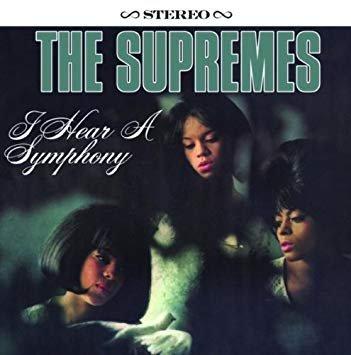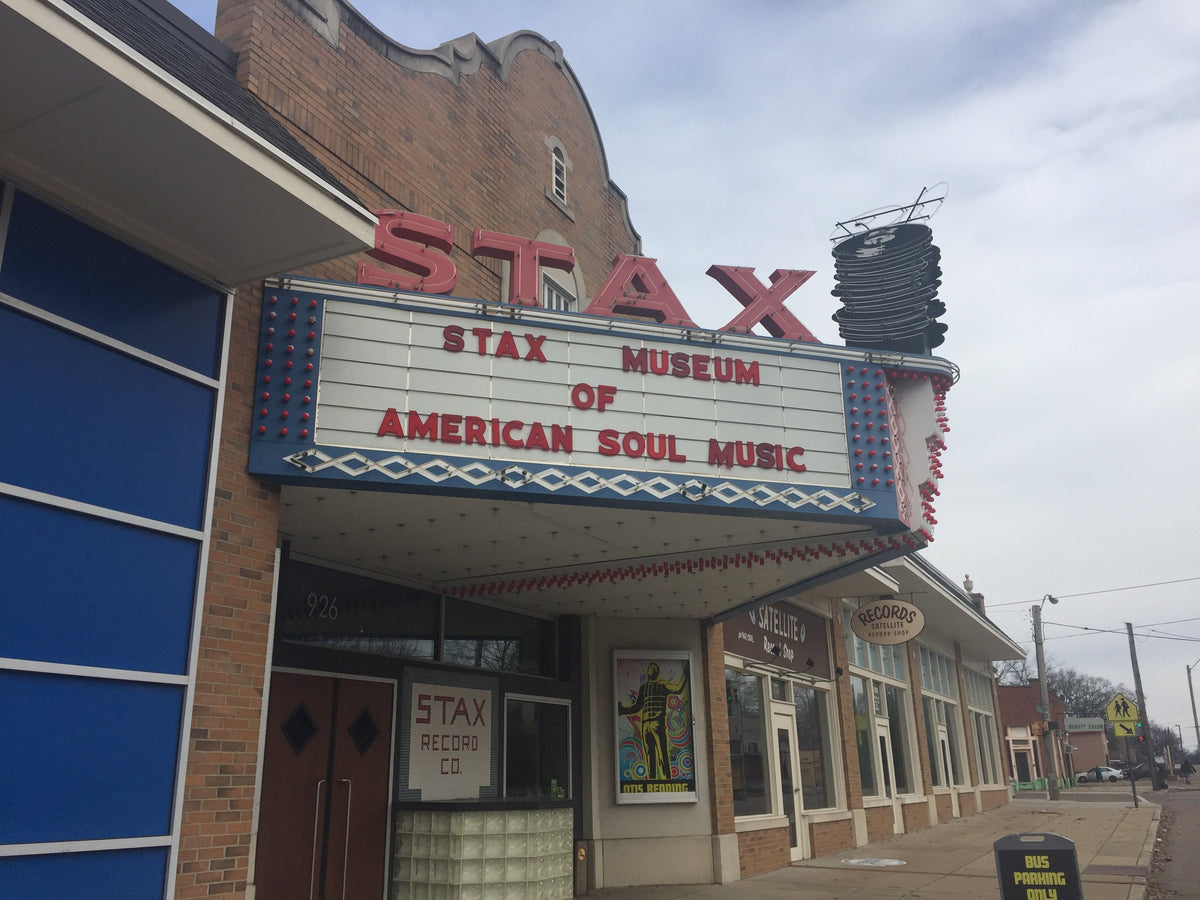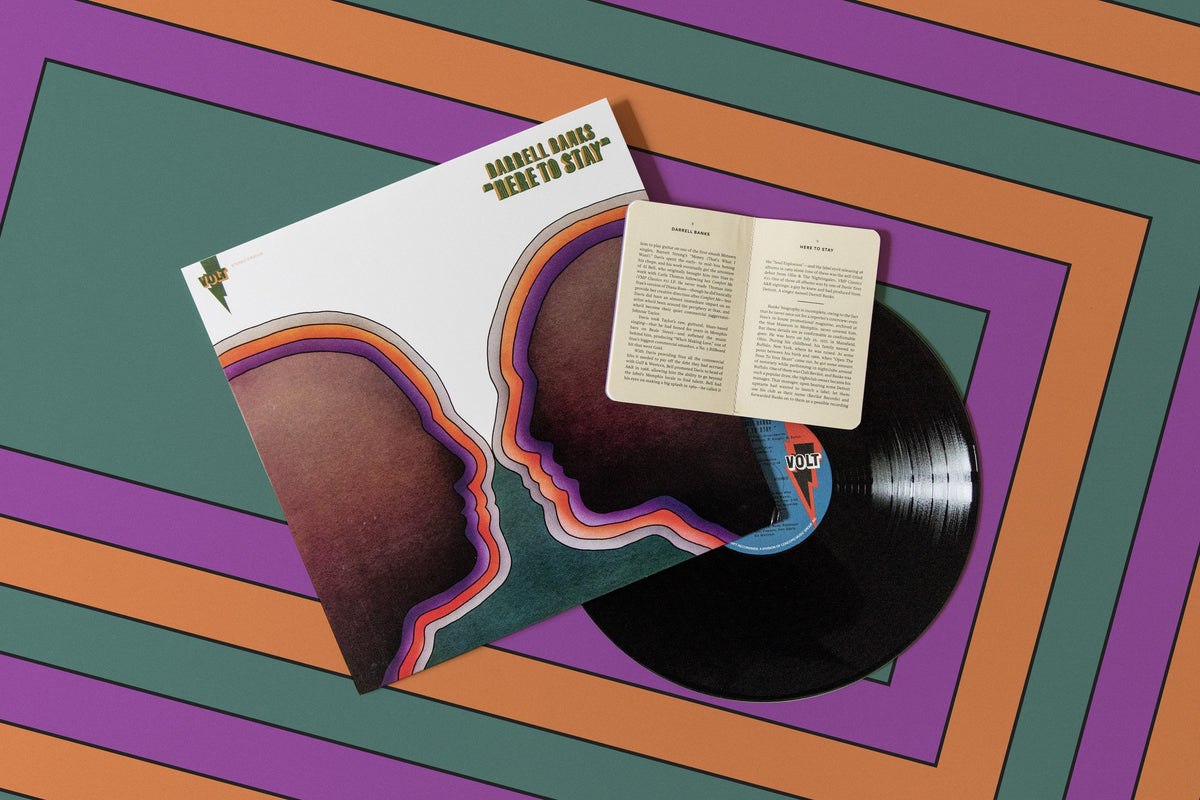There are some record labels closely identified with a sound—when you hear a song you know without naming the artist where it came from. Labels like Chess, Stax and Motown Records all had this. Motown’s pop version of soul music defined the Detroit sound. Driving rhythms, heavy bass, the near ever-present tambourine that makes you wonder whether that thing had a special place on the wall of the recording studio. Motown inspires images of sharply dressed performers, carefully cultivated public personas and a desire from all involved (from the songwriters to the session musicians like the Funk Brothers to the backing vocalists like the Andantes or the Originals) for pop perfection.
Founder Berry Gordy Jr. was a man on a mission for success. After realizing he wasn’t going to make very much money as a songwriter alone, at the suggestion of friend Smokey Robinson, he decided to form his own record company. He also created a management company (ITM) to manage the careers of the artists he signed and a publishing entity to maintain ownership of copyrights to Motown’s catalogue (Jobete Music)—which is why so many Motown songs got cycled through and recorded by multiple acts. Motown set up a Quality Control team that would decide which songs were good enough to be released as singles. Motown was small, but it was a juggernaut, and as the name of their original main headquarters and studio, Hitsville, U.S.A., makes clear, the goal was to make hit songs that didn’t just appeal to black audiences but that would also cross over to the mainstream.
There are some clearly divided eras in the life of Motown Records. In the beginning the label relied on recordings from more bluesy artists like Mabel John and the irreverent Amos Milburn to stay afloat. But Motown’s eye to the future was clearly on the youth market and when singles from the Miracles, Martha and the Vandellas, and the Marvelettes started taking hold in radio, Mabel John et al. were off the label. The changing of the guard happened again in the late ’60s and early ’70s when artists like the Jackson 5 and Stevie Wonder took over as standard bearers. This list will focus on the classic era in the ’60s when artists like Mary Wells and the Temptations reigned supreme (see what I did there?).

The Supremes: Where Did Our Love Go
Perhaps no other act represents the Motown sound better than the Supremes. From their time as teenagers hanging around Hitsville begging and cajoling anyone to give them a chance or singing backup when needed, the Supremes became one of the best pop acts of all time. Where Did Our Love Go (1964), their second album, is a good document of their ambitious climb to stardom as it is a hodge-podge of recordings made between 1962-’64. “A Breathtaking Guy,” written by Smokey Robinson, is similar to singer Mary Wells’ style but peaked at No. 75 as a single in 1963. Gordy put the songwriting and production team of Holland-Dozier-Holland to work on 1963’s “When The Lovelight Starts Shining Through His Eyes,” which fared better. H-D-H continued working with the group and their first No. 1 hit came in 1964 with the title track, which features an infectious handclap and lead singer Diana Ross softly lamenting the loss of love, with haunting backing vocals from Florence Ballard and Mary Wilson. Two other hits are featured here, “Baby Love” and “Come See About Me.” The Beatles may have invaded the U.S., but The Supremes more than held their own in 1964 and were subsequently given top priority by Motown.

Mary Wells: Greatest Hits
Mary Wells was Motown’s first significant solo star (the lady toured with the Beatles!). She was signed to the label in 1960 as a teenager after Gordy heard her sing a song (“Bye Bye Baby”) she’d written for singer Jackie Wilson. Wells eventually teamed with songwriter and Miracles’ lead singer Smokey Robinson, who wrote/co-wrote her biggest hits like “The One Who Really Loves You,” “You Beat Me To The Punch” and “Two Lovers.” Like many artists of the time, Wells was a singles artist with albums made of one or two singles surrounded by filler, which is what makes her Greatest Hits album so compelling. There is no filler. When the next couple of singles after “Two Lovers” didn’t do as well (still Top 10 in the R&B chart) and Quality Control at the time didn’t think there were any worthy singles off her duets album with Marvin Gaye, Motown put together this compilation and released it in 1964. It also happened to include a new single that Robinson was enlisted to write and produce, buried at the end of side one. “My Guy,” a song about being committed to her partner, became her biggest hit and also her last solo recording for Motown as she decided to leave the label later that year.

Jr. Walker & The All-Stars: Shotgun
Motown recognized the influence southern soul was having on the market and its sub-label Soul was a place for similarly gritty soul artists like Jr. Walker & The All-Stars and Gladys Knight & The Pips. And 1965’s Shotgun from Jr. Walker & The All-Stars is an all-time classic. Junior Walker was a saxophonist and singer known for his blistering attacks on tenor sax. Old-school R&B, bluesy riffs, killer sax—all these things found their way to Motown and rather than try to polish them up, Gordy (credited as producer) let them tear it up. The groovier album opener “Cleo’s Mood” doesn’t hint at all that this is one of the best party albums ever. Hit single “Shotgun” is the ultimate go-to for sax players looking to blow out a lung on a solo. Does it really matter what the song is about? Nope. All that matters is they all sound like they’re having a ball. Side one is non-stop dancing with “Do the Boomerang,” “Road Runner,” “Shake and Fingerpop” and “Shoot Your Shot.” The group mixes things up a bit on side two with album closer “Ain’t That The Truth,” which has more of that traditional Motown sound. Overall, this album is fire. Like to throw soul dance parties? Get this record!

Marvin Gaye & Tammi Terrell: United
Let’s face it, you need all of Marvin Gaye’s albums, especially United (1967) which was his first album with Tammi Terrell. Gaye had already had success with previous duet partner Kim Weston (and Mary Wells) but the label decided he should collaborate with Terrell. Their first song “Ain’t No Mountain High Enough” is an absolute monster. Written by Nick Ashford and Valerie Simpson, the song has roots in gospel, its romantic devotion reaching for the stars as Gaye and Terrell make believers out of us all. The utter joy this song inspires remains on the rest of the album from the more traditional Motown number “If I Could Build My Whole World Around You” to another Ashford & Simpson-penned classic “Your Precious Love,” a strolling ballad made for slow dancing and getting close with a partner. Gaye’s leading-man appeal and Terrell’s breathy and sexy delivery was a match made in heaven. They would have several more huge hit songs after United but their successful collaboration wouldn’t last long. Terrell collapsed in Gaye’s arms while performing on stage in late 1967 and it was discovered that she had a malignant brain tumor. After a prolonged battle and multiple surgeries, Terrell died in 1970.

The Monitors: Greetings! We’re the Monitors
An underappreciated act, the Monitors consisted of lead singer Richard Street, Warren Harris, John Fagin and Sandra Fagin. Working hard at recording and being a regular opening act for various Motown revues, the Monitors weren’t as successful as Motown would’ve wanted. To supplement their incomes they took other jobs within the label, such as Street being part of the Quality Control team. Before disbanding (and Street joining the Temptations), Motown put together one album, Greetings! We’re the Monitors (1968), which collected many of their songs recorded between 1965-’68. The most well-known are the doo-wop ballad “Greetings (This Is Uncle Sam),” a cover about a drafted young soldier off to Vietnam and “Say You,” a gorgeous mid-tempo number with great backing harmonies and Street at his most smooth and soulful. The album also includes some rockers like “Number One In Your Heart” and “Bring Back The Love,” which opens the album. Currently out-of-print on vinyl, this album is a real find if you come across it in the bins.

The Four Tops: Reach Out
The Four Tops were a veteran act by the time they signed with Motown. Their livelihood had come from being a fairly successful live-act at nightclubs in Detroit in the ’50s and early ’60s, focusing on jazz material. Signed to Motown in 1963, they continued the jazz angle until teaming with H-D-H, who helped reveal their crossover potential. Reach Out (1967), released to capitalize on the success of 1966’s “Reach Out (I’ll Be There),” was their most successful studio album. There are some fun covers like the Monkees’ “Last Train to Clarksville” and “I’m A Believer” and the Left Banke’s “Walk Away Renee” but the standouts are the H-D-H compositions like “Reach Out (I’ll Be There),” “Standing in the Shadows of Love” and my personal favorite “Bernadette.” It’s said the Tops were one of H-D-H’s favorite acts who liked lead singer Levi Stubbs’ dynamic baritone reaching for the high notes and the way it matched with their experiments in rhythmic changes and almost symphonic passages. Listen to “Bernadette” and notice the dramatic pauses, the Tops along with backing group the Andantes providing those sustained vocal notes, Stubbs belting out for Bernadette to keep loving him, and a fake-out ending to end all fake-outs.

Smokey Robinson & The Miracles: Make It Happen
Smokey Robinson is one of the best songwriters of the 20th century. The ’60s are full of hits he wrote for the Miracles and other Motown acts but the maturity of Robinson’s songwriting really demonstrates itself on 1967’s Make It Happen, with fun dance numbers and ballads as only the Miracles can sing them. Many point to “Tears of a Clown” as their favorite off the album which repeats a theme from 1965’s “The Tracks of My Tears” about hiding pain behind a smiling façade. Musically, it is fantastic; with Stevie Wonder’s music and Robinson’s lyrics, how could it not be? Motown didn’t think it good enough at the time as a single but three years later it hit big. However, it doesn’t get any better than side two opener “More Love,” with Robinson at his most personal in which he expresses his love and devotion to then-wife and fellow Miracle, Claudette, after she experienced a series of miscarriages. Opening piano chords and Robinson’s crooning help to build a wall of love around his lady, the music climbing to a peak after the instrumental bridge with “As we grow older, no need to fear, when you need me I’ll be here,” melting hearts everywhere.

Shorty Long: Here Comes The Judge
One of the funkiest and most criminally underrated artists to ever come out of Motown was Shorty Long. Moving to Motown when it bought the Tri-Phi label, Long brought Alabama soul to Hitsville. He MC’d Motown revues and co-wrote songs. A talented multi-instrumentalist, his singles for Motown’s Soul subsidiary label didn’t quite hit the way they should have. 1964’s “Devil With The Blue Dress” was a slow boogie with a killer guitar solo but was ignored until it got covered by Mitch Ryder. He had moderate success with 1966’s “Function at the Junction” but his luck really began to turn around in 1968 with the track “Here Comes The Judge,” inspired by a bit on the comedy TV show Laugh-In. Its fun lyrics and funky beat helped it into the Top 10 and Motown quickly put together the album Here Comes The Judge which included previous singles. Other album highlights include “Don’t Mess With My Weekend” and another comedy-inspired song “Here Comes Fat Albert.” On the cusp of stardom, he was tragically killed in a boating accident not long after recording sessions for his second album. Do yourself a favor, find Here Comes The Judge and prepare yourself for energetic, funk-filled soul.

Martha and the Vandellas: Dance Party
Martha and the Vandellas created some of Motown’s biggest hits (before Gordy put all his attention on the Supremes). Lead singer Martha Reeves’ powerful voice shook rooftops with 1963’s “Heat Wave,” but it was 1964’s “Dancing in the Street” (co-written by Marvin Gaye) which summoned dancers everywhere to their feet. Unlike prior albums, 1965’s Dance Party is composed of mostly originals written by producer William “Mickey” Stevenson and Ivy Jo Hunter. Appropriately titled, it is a record that will get party-goers moving. It leads off with the celebratory “Dancing in the Street” then turns the lights low with the slow-grinder “Dancing Slow,” proving Reeves was also adept at softer numbers (see also “There He Is (At My Door)”). Things pick up with “Wild One” and take off again with another of their classic songs “Nowhere to Run,” composed by H-D-H. They get down and dirty on “The Jerk” and the ladies breathe new life into the Miracles’ “Mickey’s Monkey” and Gaye’s “Hitch Hike.” Unlike some of the more adolescent fare by their label mates, Martha and the Vandellas presented a mature, soulful sound. Another perfect album for your soul dance party stack.

The Temptations: Cloud Nine
The Temptations are another one of those iconic acts who are mostly known for their phenomenal singles but devoted fans know they’ve also put out some pretty killer albums. One of the most important ones is Cloud Nine (1969). It marks the first album released after the departure of popular lead singer David Ruffin, who was replaced by Dennis Edwards. Cloud Nine also puts the Tempts squarely in the psychedelic soul genre. Inspired by the sound of Sly & The Family Stone, produce/songwriter Norman Whitfield and songwriter Barrett Strong helped lead the group and Motown into ambitious production styles and lyrics. Grammy-winning single “Cloud Nine” has a forceful drive with each of the five singers taking turns singing lead and tells the story about a down-on-his-luck guy getting high to escape his problems. My personal favorite is their cover of Freddie Scott’s “Hey Girl.” The Tempts can get heavy but they keep it sweet, too. “Runaway Child, Running Wild” is a 9.5 minute epic about a young runaway who can’t make it on his own but also can’t find his way back, the suspense mounting to a heartrending climax, then the song continues on an amazing instrumental. You had to buy the album to hear the whole song because the single was edited down to less than 5 minutes. This predates Isaac Hayes and others who also began to experiment with long songs on their albums.
Marcella Hemmeter is a freelance writer and adjunct professor living in Maryland by way of California. When she's not busy meeting deadlines she frequently laments the lack of tamalerias near her house.
Related Articles
Join the Club!
Join Now, Starting at $36Pages







